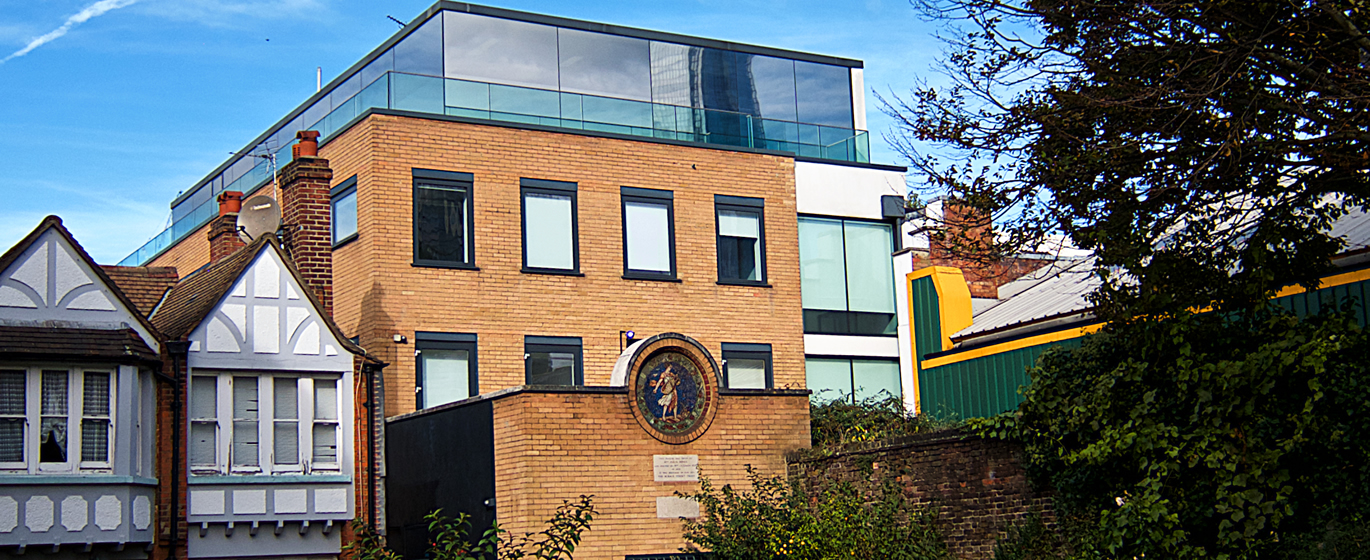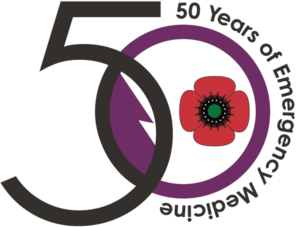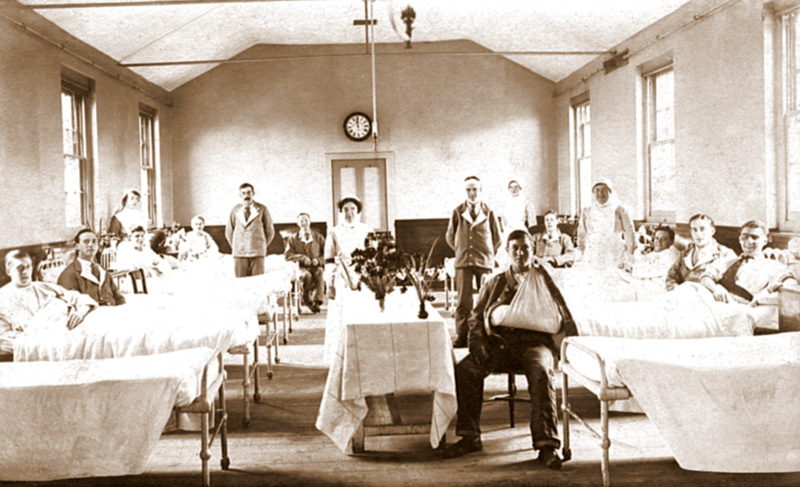
The College is established to advance education and research in Emergency Medicine. The College is responsible for setting standards of training and administering examinations in Emergency Medicine for the award of Fellowship and Membership of the College as well as recommending trainees for CCT in Emergency Medicine.

Emergency Medicine is practised in Emergency Departments. It is the 21st century name that is replacing Accident and Emergency (A&E) Medicine or as it was commonly called in the last century: Casualty. Emergency Medicine provides access to health care for millions of patients 24 hours a day seven days a week throughout the year.
Emergency Medicine is defined as: “Emergency Medicine is a field of practice based on the knowledge and skills required for the prevention, diagnosis and management of acute and urgent aspects of illness and injury affecting patients of all age groups with a full spectrum of undifferentiated physical and behavioural disorders. It further encompasses an understanding of the development of pre-hospital and in-hospital emergency medical systems and the skills necessary for this development.”
International Federation for Emergency Medicine, 1991
The Royal College of Emergency Medicine (RCEM) is the national body which sets emergency medicine standards and provides training to ensure that the expectations of the public are achieved. The clinical team working in the Emergency Department has the privilege and responsibility to provide care to patients of all ages presenting with illness or injury of all severities. The public rightly place their confidence in the Emergency Department, trusting the staff working there to provide high quality safe care whenever required.
Emergency Medicine began here in the UK in 1967 and the model has been successfully adopted in different locations around the world.
In recent years there have been major developments in the care and clinical management of patients with stroke, heart attacks and major trauma. The Emergency Department is at the heart of these changes which have benefited huge numbers of patients.
Every single day Emergency Departments in the United Kingdom are providing outstanding care for patients presenting with a wide range of conditions including chest pain, abdominal pain, sports injuries, mental health problems, obstetric and gynaecology problems, as well as conditions affecting children and the elderly. Their work varies from major trauma resulting from accidents or incidents such as assaults, terrorism and other tragedies. The importance of Emergency Medicine is consistently recognised by the raft of television programmes, including 24 Hours in A&E, Casualty, Hospital, ER and many others.
The Royal College of Emergency Medicine works to ensure high quality care for patients by setting and monitoring standards of care in emergency departments, as well as providing expert guidance and advice on policy to relevant bodies on matters relating to Emergency Medicine.
The College aims to advance education and research in Emergency Medicine. It is responsible for setting standards of training and administering examinations in Emergency Medicine for the award of Fellowship and Membership of the College, as well as recommending trainees for CCT in Emergency Medicine.
In February 2015 the College was granted the title Royal, having previously being known as The College of Emergency Medicine after a Royal Charter was gained in February 2008.
The College now numbers over 12,000 Fellows and Members registered internationally and works to represent both its members and the interests of patients.
The College supports and takes an active interest in the work of the European Society for Emergency Medicine and the International Federation for Emergency Medicine.
For more information about the aims and objectives of the College please read our Corporate Plan.

In 2017, the College celebrated the 50th anniversary of the inception of emergency medicine, with a host of events and activities across the country to mark the occasion.
Fifty years ago the first meeting of the Casualty Surgeons Association (CSA) – the forerunner of the Royal College of Emergency Medicine – took place at BMA House. Dr Maurice Ellis chaired the meeting of 10 officers, most of whom were non-consultant Senior Casualty officers, but had surgical backgrounds.
‘Emergency Medicine at 50’ tells the story of our Royal College in the words of many of the people who made it happen. They write about their successes and their frustrations, and about the enthusiasms that have kept them going. As it is the 50th anniversary, the story is told from 50 different viewpoints.
Contributors were asked to choose their own angle on the College story. There are many different styles and approaches. There are memories and anecdotes. Some are strong on facts and details while others paint with a broader brush. Some write with rich humour. Some particularly demonstrate inspiring dedication to today’s tasks and raise exciting possibilities for the future.
The story of RCEM is no ordinary story, and ‘Emergency Medicine at 50’ is no ordinary story book.

The theme of our celebrations was Inspiration, Celebration and Innovation and we ask our members to send us the three words that they felt best describe what makes emergency medicine special. The graphic shown is a result of that.

+ 2010s
